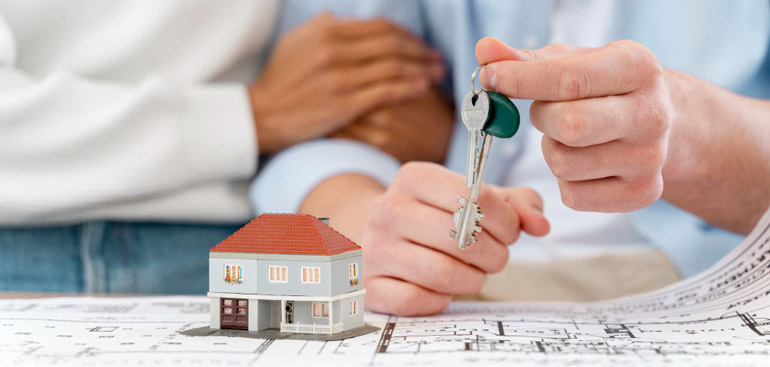Capital gains or capital losses from dwellings are ignored for CGT purposes where the dwelling was owned by an individual and was the individual’s main residence throughout the ownership period. A partial exemption may arise where the residence was partly used for income-producing purposes at the same time or where the property was only used as a main residence for part of the time it was owned.
The following rules extend the main residence exemption:
- A dwelling is treated as a taxpayer’s main residence from the time it was acquired if it is moved into at the first practicable time for the taxpayer to do so.
- Where a taxpayer acquires their next main residence before disposing of the previous main residence, the taxpayer is entitled to claim the main residence exemption on both residences for a period of up to six months.
- If a residence ceases to be the taxpayer’s main residence, the taxpayer may use it for income-producing purposes and choose to continue to treat that residence as a main residence for a period of up to six years, provided the taxpayer does not treat another residence as the main residence at the same time. It should be noted that the six-year period starts from when the property is used for income-producing purposes and resets each time the taxpayer moves back into the premises and uses it as a main residence again. This concession is only available in circumstances where, prior to it being used for income-producing purposes, the dwelling was used as a main residence.
- The main residence exemption can be applied to land for up to four years where the taxpayer builds on the land or repairs, renovates or finishes building a dwelling on the land

